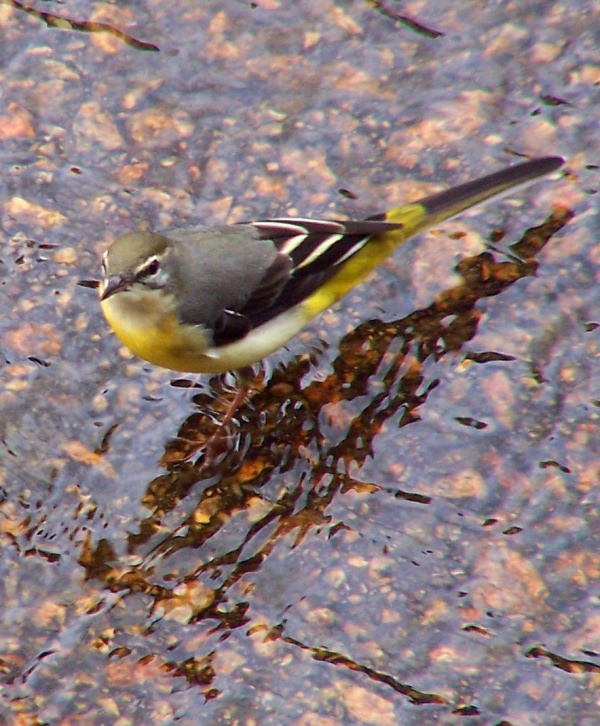Facts About Grey wagtail
The grey wagtail is an enchanting bird that belongs to the Motacillidae family. Its striking appearance and unique behaviors make it easy to recognize. Although it shares some similarities with the yellow wagtail, the grey wagtail stands out with its yellow coloring confined to the throat and vent, while breeding males boast a distinctive black throat.
These birds are widespread, breeding across Eurosiberia and migrating to warmer tropical regions in Asia and Africa during the colder months. They exhibit a strong preference for running water during their breeding season but can also be seen near lakes and coastal areas outside of breeding periods. One of their most notable behaviors is their constant tail-wagging, and they display a distinctive low, undulating flight pattern accompanied by a sharp call.
Known scientifically as Motacilla cinerea, the grey wagtail's phylogenetic relationships with other wagtail species remain somewhat unclear. These birds have a sleek build, featuring grey upperparts and a yellow vent, along with distinctive markings that make them easy to identify. They usually forage alone or in pairs, favoring habitats such as meadows and shallow water marshes.
The breeding season for grey wagtails spans from April to July, and they typically build their nests near fast-flowing streams or rivers. A typical clutch consists of 3-6 eggs, and they often raise multiple broods each season. Their diet mainly consists of aquatic invertebrates, and during winter, they tend to roost in small groups.
Grey wagtails inhabit the Palearctic region, with populations dispersed across various areas. However, they face some threats. Predators like the white-throated dipper, which shares similar habitats, can sometimes pose a risk, and instances of interspecies feeding have been observed. Additionally, these birds can be parasitized by ticks and preyed upon by kestrels.

 Myanmar (Burma)
Myanmar (Burma)